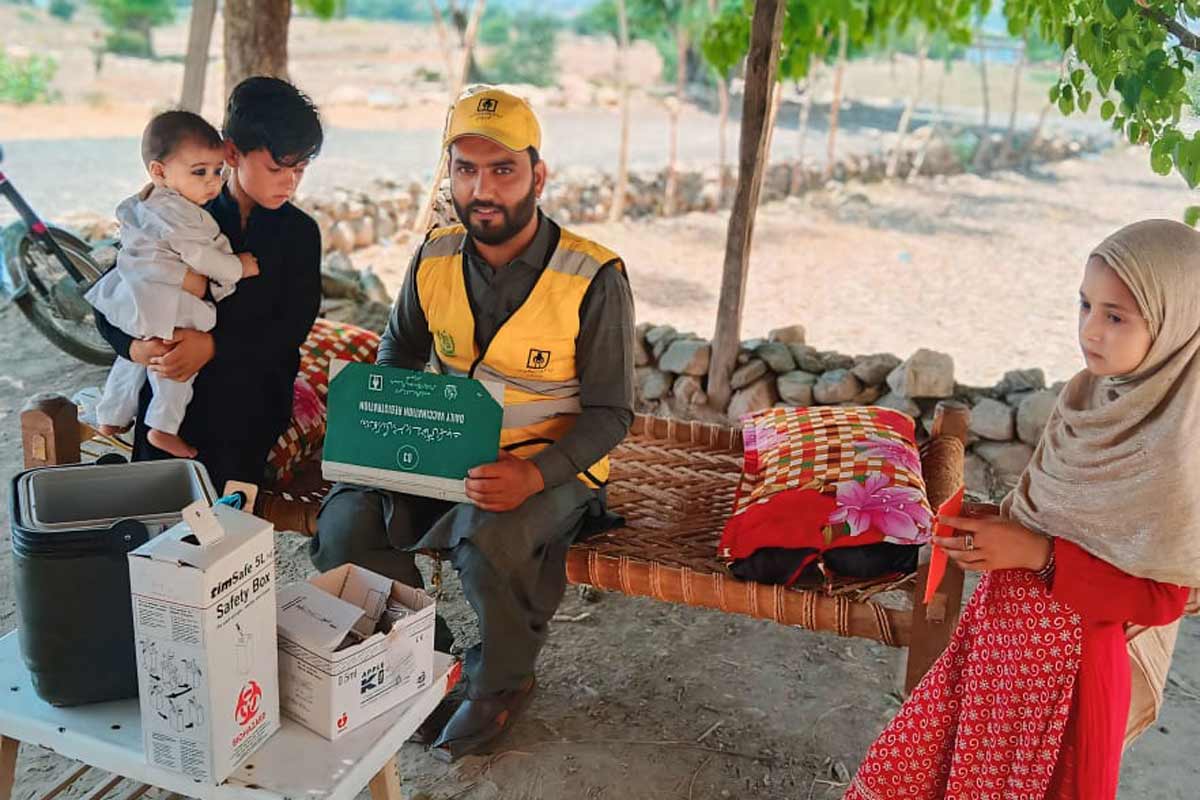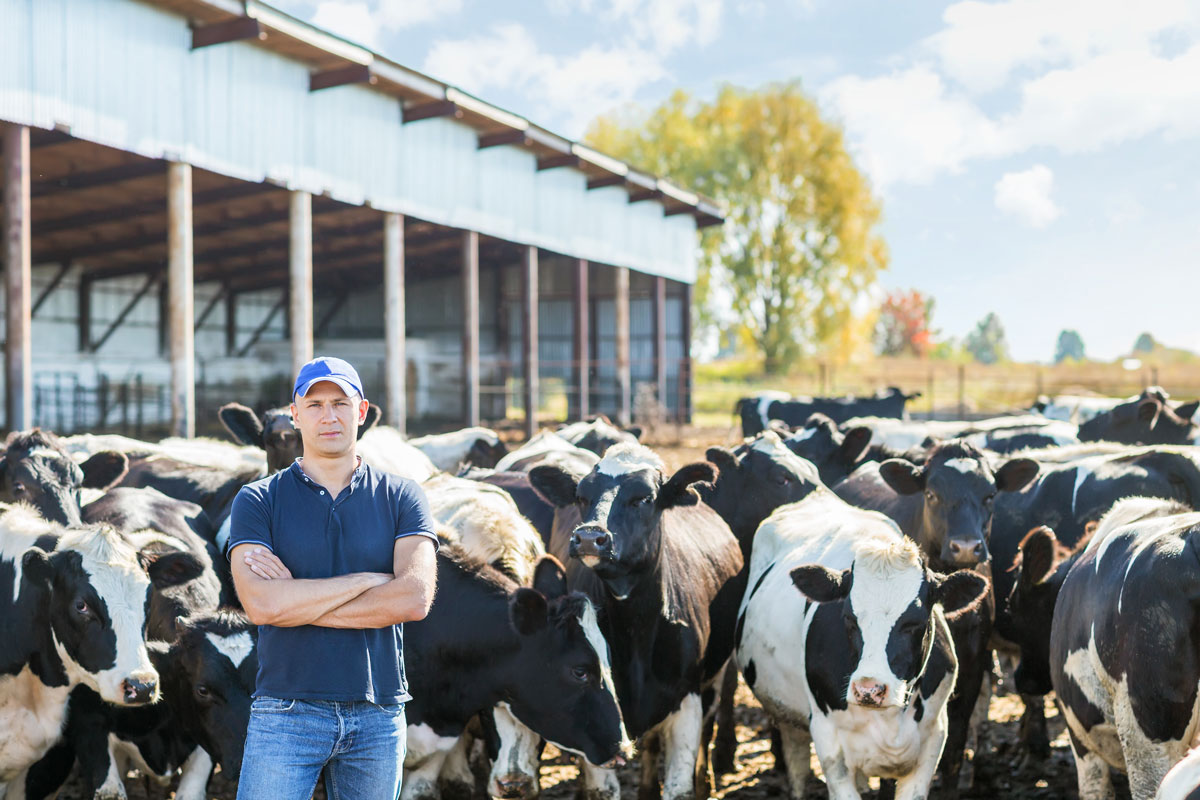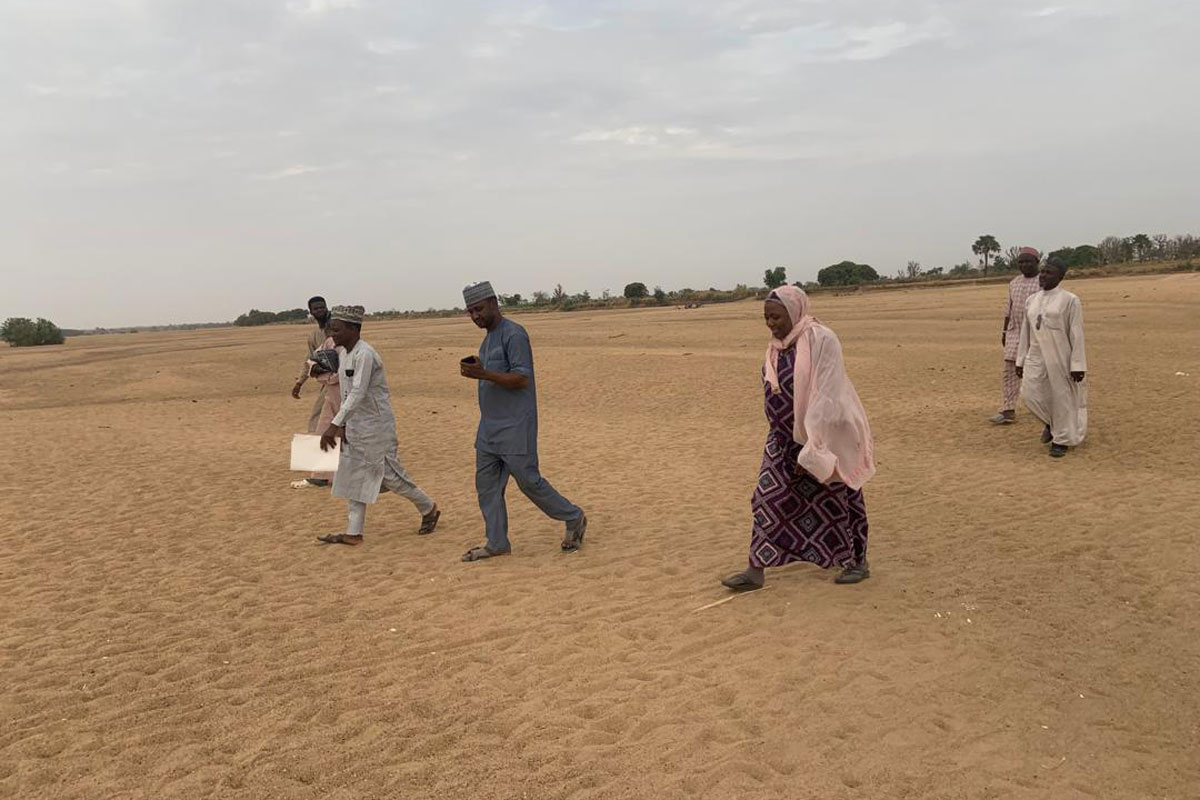Yuvraj Singh, Indian cricketer and member of the Gavi Advisory Council.
This blog was originally posted on the Hindustan Times.
In 1983, India created history by winning the cricket World Cup for the first time and cementing a place among the games’ greats.
The victory outlined a story of inspiration and is still remembered as one of the biggest coups in sporting history. Since then India has often taken a lead in surprising the world and itself in the process.
We achieved a similar feat in 2011, when we won the cricket World Cup for the second time. I was fortunate to be a part of the team and even so for getting the opportunity to perform for my country, despite that being the time when I was battling the biggest challenge of my life, cancer.
Last year India was declared polio-free. Till 2009, India had more polio cases than the rest of the world combined. By overcoming polio, India announced itself as a public health champion.
However, the battle is far from over. In 2013, India accounted for more than 20% of child deaths around the world. The biggest killers, pneumonia and diarrhoea, were jointly responsible for more than 300,000 deaths among the under-five population in the country.
This is an alarming plight that needs to be addressed immediately.

India has high numbers of un and under-immunised children. Source: Gavi.
Nelson Mandela once said, “There can be no keener revelation of a society’s soul than the way in which it treats is children.” Nothing could be more true. More than 120 million children below the age of five in India will grow up to become the future leaders, doctors, architects, sportsmen and others who will lead change and innovation in society. Who knows we might have the next Sachin Tendulkar in that lot.
Even as these diseases continue to kill our children, we must not forget that we have the tools to intervene and prevent them from taking children hostages and eventually their lives. Immunisation is one of the interventions that have successfully reduced the incidence of these diseases and played a crucial role in improving child health and survival, helping protect millions of children.
Recently the government launched the ‘Mission Indradhanush’ campaign, aimed to improve and intensify the immunisation coverage in the country by focusing on children who are partially or not immunised.
In recent years, we have successfully tackled some unique challenges and made tremendous progress in reducing the burden of childhood diseases. Like the previous World Cup victories and the undefeated run in the ongoing edition, we once again have a chance to surprise ourselves and the world by chasing and exceeding this target.
We can definitely succeed, but we will clearly need to step up our game at all levels and make sure we are leveraging the new tools effectively. Let’s face it, immunisation saves lives.






